
12 Must-See Historic Towns in Virginia
Virginia has an American history like no other state. The first English settlement was here, and the state has had more American presidents born here than any other in the nation. With this history in mind, Virginia played a pivotal role in the American Revolution and the Civil War.
During the Civil War, Richmond became the Confederacy's capital city, and half of the battles were fought in Virginia. In the modern era, Virginia took on the slogan "Virginia is for lovers" because of its natural beauty of mountains, valleys, and winters. Here are 12 must-see historic towns in Virginia.
Jamestown
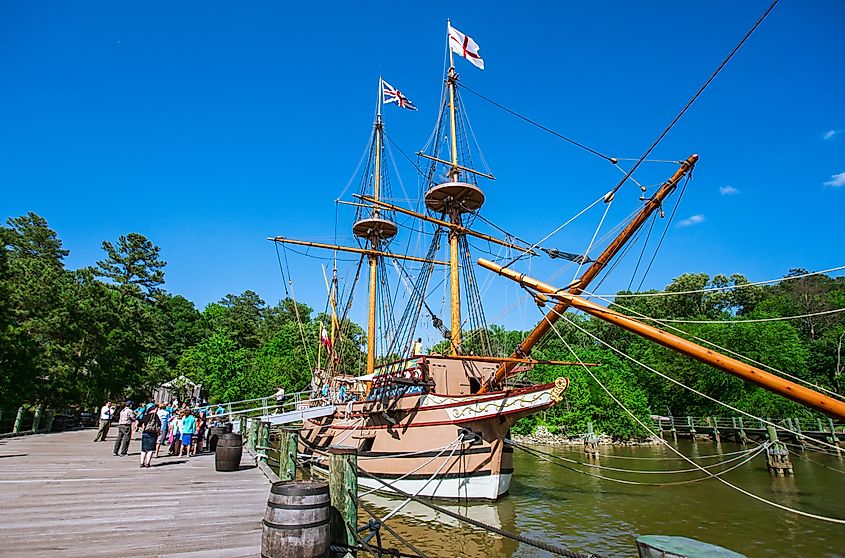
Jamestown is part of Virginia's historic triangle which includes Yorktown and Williamsburg and is connected by the Colonial Parkway. All three towns are veritable living museums but Jamestown can boast being the first English colony, having been established in 1607 and was the colony's first capital. The Jamestown Settlement Museum has carefully recreated elements of the original settlement, which is a great way to gain a feel for its historical significance.
The Historic Jamestowne district is the site of the original British settlement and is run by Preservation Virginia and the National Park Service. Guided walking tours are also available. Along with sailing ship replicas tied off at the docks and cannons on display, actual artifacts from the original settlement can be found at the Archaearium Archaeology Museum. Visitors can see the historic sites in a single afternoon, but a day is recommended because there is so much to see and do.
Yorktown
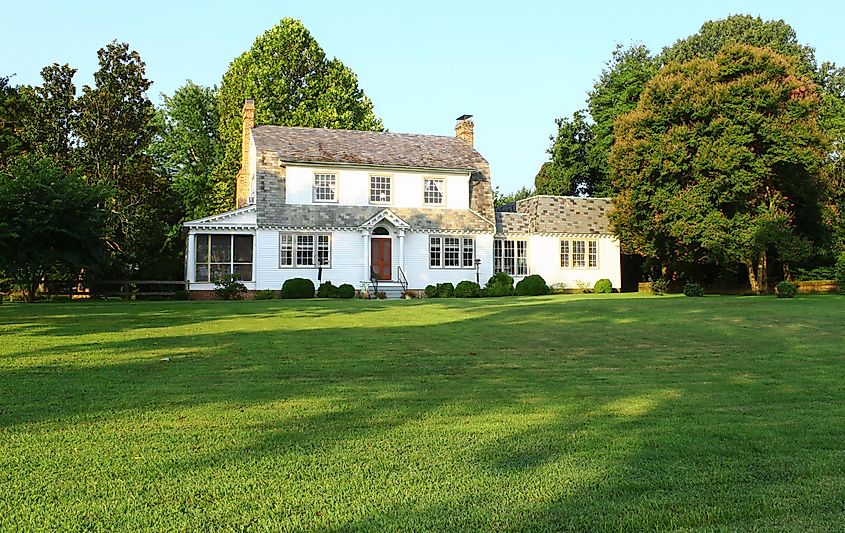
Also in the Historic Triangle is Yorktown, one of the original eight shires in the colony. Originally known as York, the town was settled in 1691 and served as a historic port town that supplied England with tobacco. York was an important location for the British during the Revolutionary War, and the famous Battle of Yorktown was the final battle of the war, which is also when York was renamed Yorktown. The American Revolution Museum in Yorktown has artifacts from this period and also provides tours to enlighten visitors about this significant port town.
The Yorktown Battlefield Visitor Center, located at the historic battlefield, allows visitors to explore the battlefield where American independence was won. For the brave of heart, there are nightly ghost tours available and a fun way to rediscover Yorktown's history. There are also several Colonial mansions to explore, including the Moore House, where negotiations that led the British to surrender were held.
Williamsburg
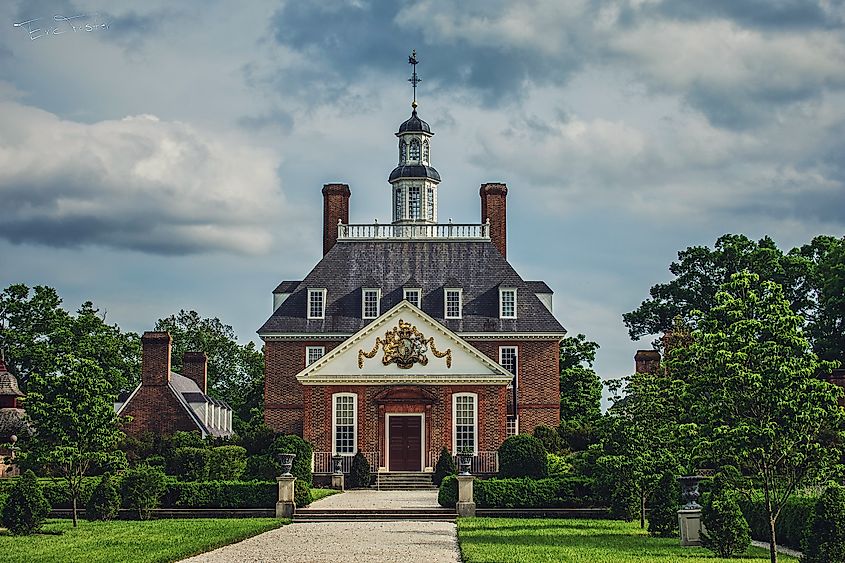
Williamsburg is another historically significant important town in Virginia and was established as the capital of the Virginia colony in 1699. It is a must-see for any history buff and boasts the largest living history museum in the world, Colonial Williamsburg. It is also a living history museum where actors wear period costumes and perform reenactments.
The Governor's Palace is another stunning historical site that once housed seven royal governors and two elected governors. The palace was built to display wealth and grandeur before the Revolutionary War and became a hospital for soldiers during the war. There are other Colonial homes to explore as well, with some serving guests as inns like the Ewing Storehouse, a single-room house on East Francis Street.
Manassas
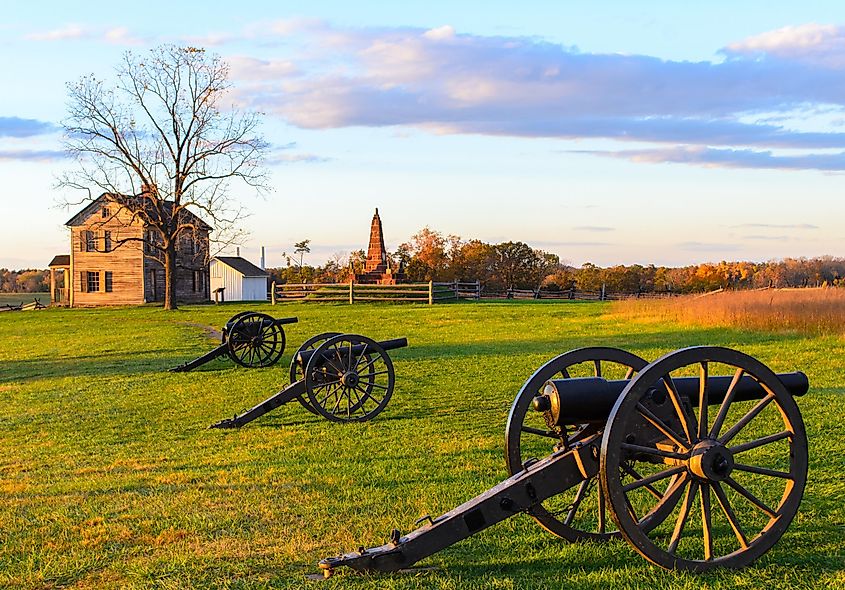
Manassas played a pivotal role in the Civil War and is home to two major battle sites. Known as Manassas Junction at the time, the first full-scale Battle of the Civil War was here. The historic Stone Bridge survived the first volley, only to be destroyed in the second battle. The bridge was rebuilt and now is preserved by the National Park Service.
The Old Town District starts on Grant Avenue, where visitors can discover the town's heritage at the Visitor Center housed in the former city hall. The Manassas Museum is nearby and features six historic sites, including the 1825 Liberia House, once visited by President Lincoln. The Freedom Museum is an affiliate of the Smithsonian that honors the men and women who fought in battles at home and abroad. Along with the displayed exhibits, guests are encouraged to participate in the live programs.
Warrenton

Warrenton grew to prominence after the Civil War when a host of lawyers started practicing here and also as a hub for racing horses. Seven courthouses have been built, with several of the first iterations being destroyed by fire. The town became a resort destination in the 19th century when the Warren Green Hotel was strategically built within a few miles of the Fauquier White Sulphur Springs.
The Old Jailhouse, dating from 1808, is located beside the Old Courthouse and is now the home of the Fauquier Historical Society. The front originally had four cells and eventually became the living quarters of the jailer. It now displays exhibits of Native American artifacts while the original cells in the back are open to guests. Another historic site is the California Building which was built from profits made during the Gold Rush.
Lexington
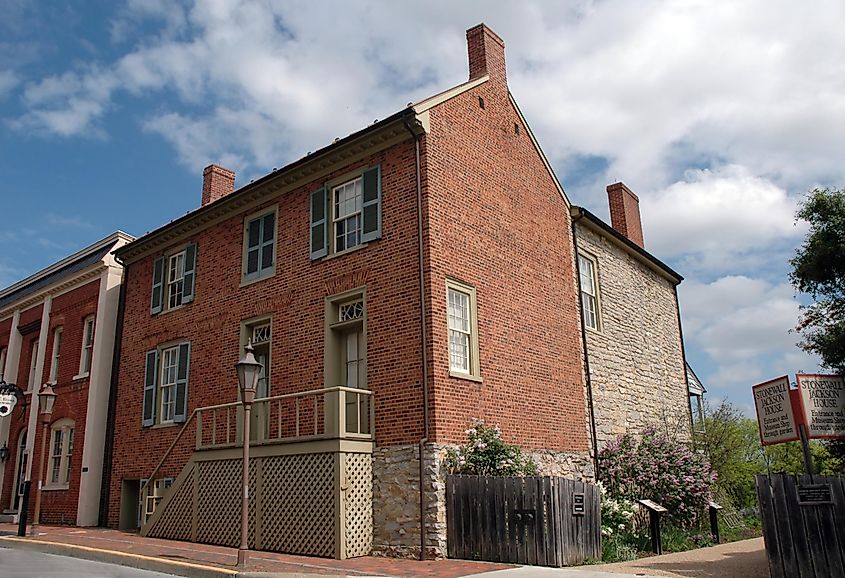
Located in Lexington, the historic Virginia Military College was founded in 1839 and serves as a historic landmark today. Washington and Lee University, established in 1749, is also located in Lexington, and these two important schools make this the quintessential college town. Main Street's historic downtown is comprised of buildings from the 18th and 19th centuries and has been converted to modern art galleries and shops.
Horse-drawn carriages take passengers through downtown, past the colleges, and past the many historic homes. One of these houses belonged to Stonewall Jackson and is now a museum. The Georges Hotel was erected starting in 1809. It occupies five historic buildings on Main Street and provides its guests unparalleled access to the history of the town.
Alexandria
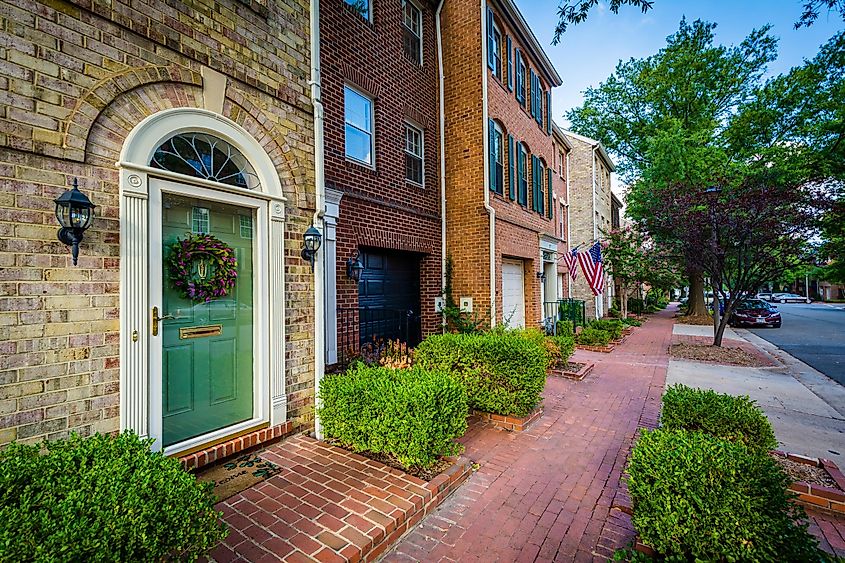
Alexandria is located on the Potomac River just south of Washington D.C. The brick-lined streets and colonial homes were once hubs for the Founding Fathers. Exhibits and period pieces can be found at their old haunt, Gadsby's Tavern, which is now a museum.
The George Washington National Memorial is a neoclassical structure replete with an observation deck and museum. Other historic sites include The Stabler-Leadbeater Apothecary Shop/Museum and the Carlyle House. The mansion was built between 1751 and 1752 and today stands as a testament to Georgian architecture.
Fredericksburg
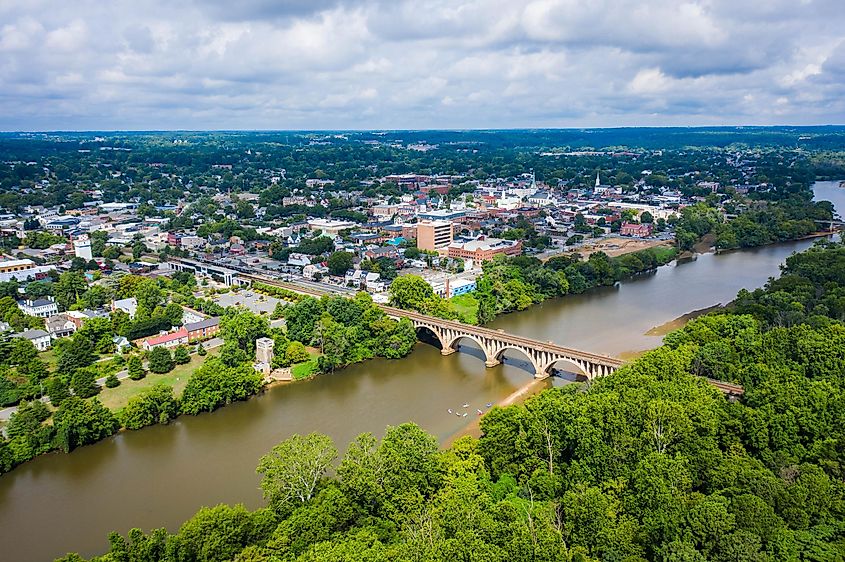
Fredericksburg was a strategic waypoint during the Civil War as it was positioned between the two capitals of the opposing forces. It has historical battlefields and also the Spotsylvania National Military Park. The Chatham House, a private residence for over 200 years, served as a hospital during the Fredericksburg battles and is now a historic landmark.
James Monroe, the fifth US president, was born near here, and the house is now a museum located on the site of Mr. Monroe's law office. The Kenmore is a famous plantation house built in the late 1770s and was located on what was originally an 861-acre property.
Charlottesville

Charlottesville is home to the University of Virginia, which was founded in 1819 by Thomas Jefferson. On campus, the former room of famed author Edgar Allen Poe, who was a student, has been restored to its 1826 period. The small yet growing town has preserved its original landmarks meticulously. One of the historic landmarks, the Michie Tavern, was established c. 1784 and includes a period restaurant serving food from the era.
The former homes of three different presidents are in Charlottesville. Thomas Jefferson's Monticello lies on the outskirts of town. Highland is home to James Monroe as well and contains original furnishings. Finally, Montpelier, belonging to James Madison, has an American History museum dedicated to the Enslaved Community.
Staunton

Staunton is the hometown of the 28th United States president, Woodrow Wilson. The pre-Civil War house is now home to the Wilson's Presidential Library and Museum. The Frontier Culture Museum is a living history museum that highlights farming life and is great for the whole family.
The town is known for its carefully preserved architecture and is best seen by walking. There are five historic districts surrounding the downtown area, including the oldest residential area in Staunton. While exploring the rich history of Staunton, stop by The Thornrose Cemetery, a military cemetery dating back to 1750.
Winchester
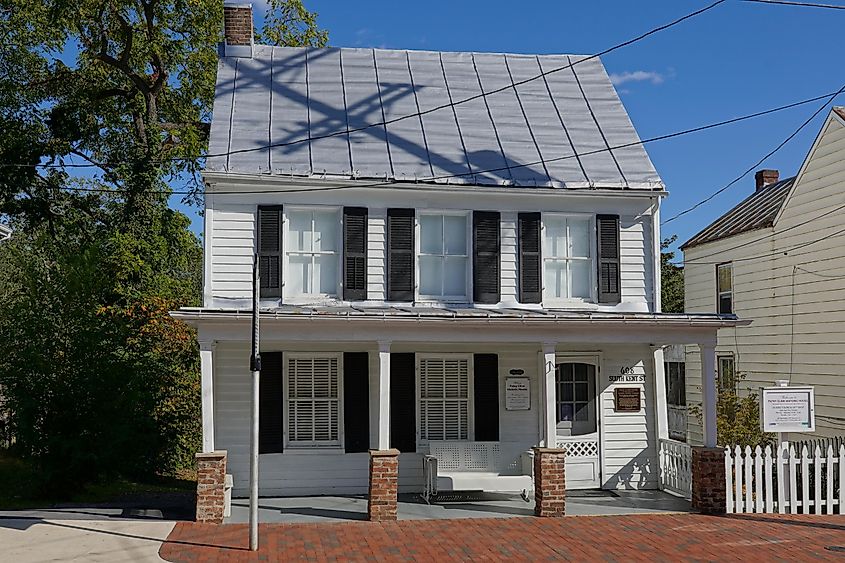
Located in the Shenandoah Valley, Winchester is home to The Museum of the Shenandoah Valley which details the area's history. Old Town is now a dining and shopping district but is also home to Stonewall Jackson's Headquarters Museum, which features Civil War artifacts. Patsy Cline was born here in 1932, and the tidy house where she spent her late teenage years stands in memoriam to the famous singer.
George Washington's Office, a tiny log cabin, is a museum that the first president used between 1755 and 1756 and has period pieces and other artifacts from that period. Abram's Delight is the oldest residence in town, built in 1754, and the property also contains a log cabin built in 1780. For such a small town, Winchester has amazing and eclectic historical significance.
Petersburg
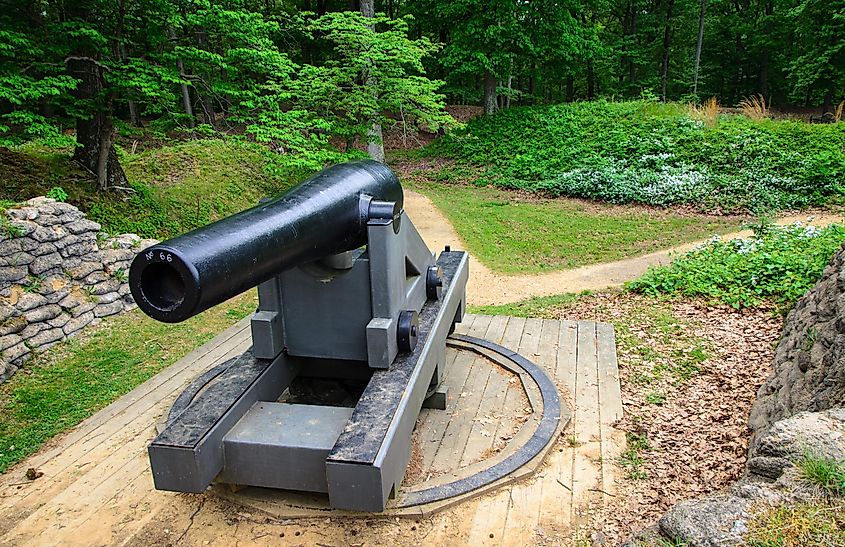
Like a lot of small Virginia towns, Petersburg is virtually a living museum of history. Petersburg is the site of the longest siege during the Civil War held between Ulysses Grant and Rober E. Lee. The site of the approximately 9 1/2 month siege that took place has been preserved as the Petersburg National Battlefield.
In town, the Centre Hill Mansion Museum is a former mansion built in 1823 that was designed to show off Virginia aristocracy. Olde Town is made up of brick architecture and replaced the original district in 1815 after a devastating fire ruined the wooden structures. Olde Towne is best explored on foot to soak in the fascinating history of Petersburg.
No other state in the US has American history like Virginia. This is where several American presidents were born and also the birth of the nation as we know it today. These historic small towns played a pivotal role in both the Civil War and the American Revolution, and the sites and landmark homes can still be seen in their original form because of meticulous preservation.
Virginia is also home to Jamestown, the original British colony in the nation. This is also where the first Civil War battle and the final battle of the Revolutionary War were fought. To know these historic towns is to know how the United States was formed and why.











